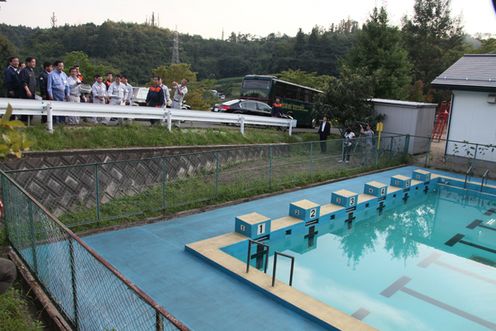20 June 2011, NHK reporting that Tokyo Electric Power Company is now scrambling to find out why extreme radiation levels are coming from Reactor 4 building, at the Fukushima Daiichi nuke plant.
Reactor 4 was shut down for maintenance when the 11 March 2011 natural disasters hit. Early on most concerns were with the spent fuel pool above the reactor. TEPCo officials thought they had that under control.
Over the weekend, workers had to be moved out of Reactor 4 building due to a sudden jump in radiation levels.
TEPCo was using the fuel pool to store large contaminated objects found around the nuclear plant’s compound. After the jump in radiation emissions they discovered that water levels in the pool had dropped by 1/3. They are now injecting water, hoping that will stop the radiation emissions. Workers were in the process of strengthening the structure of Reactor 4 building.
